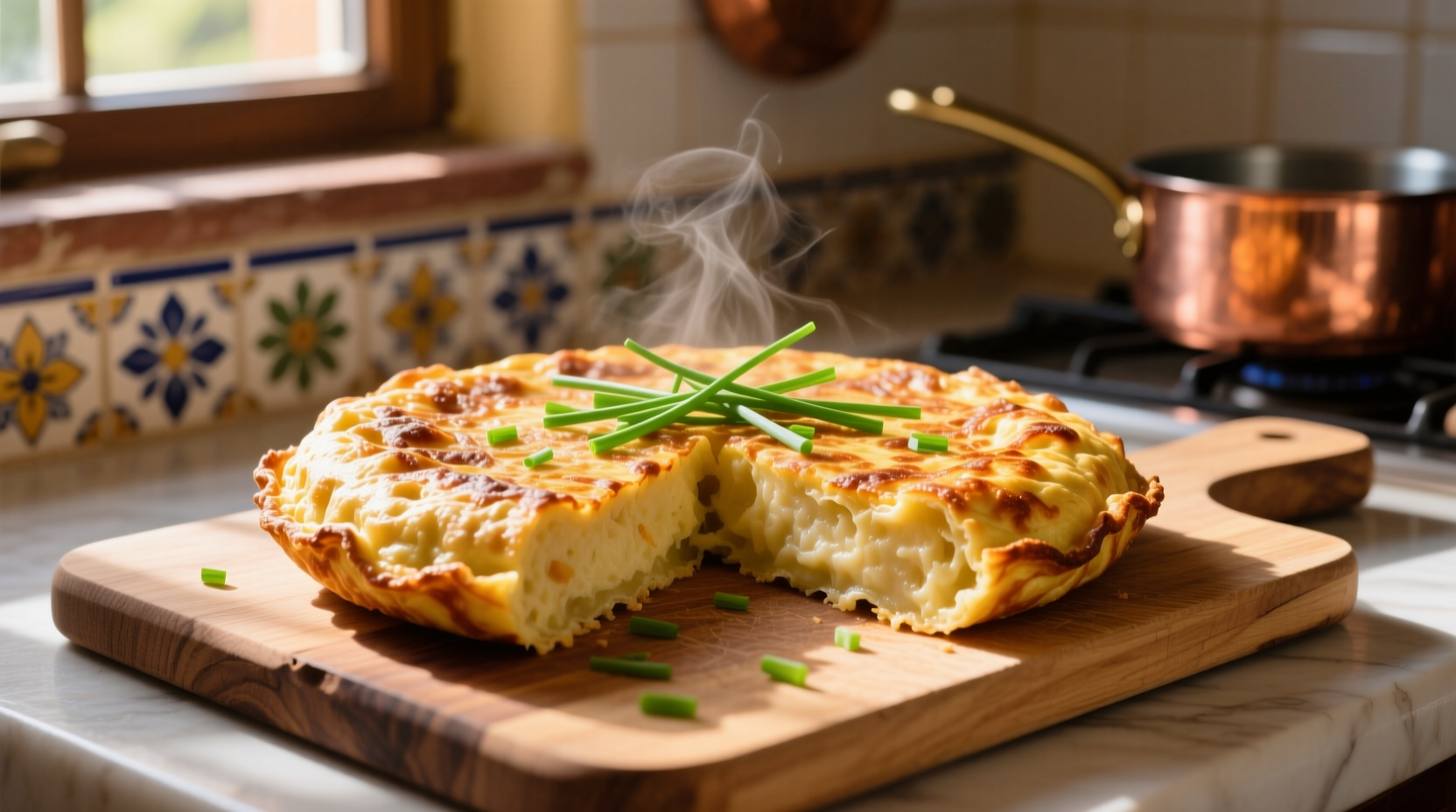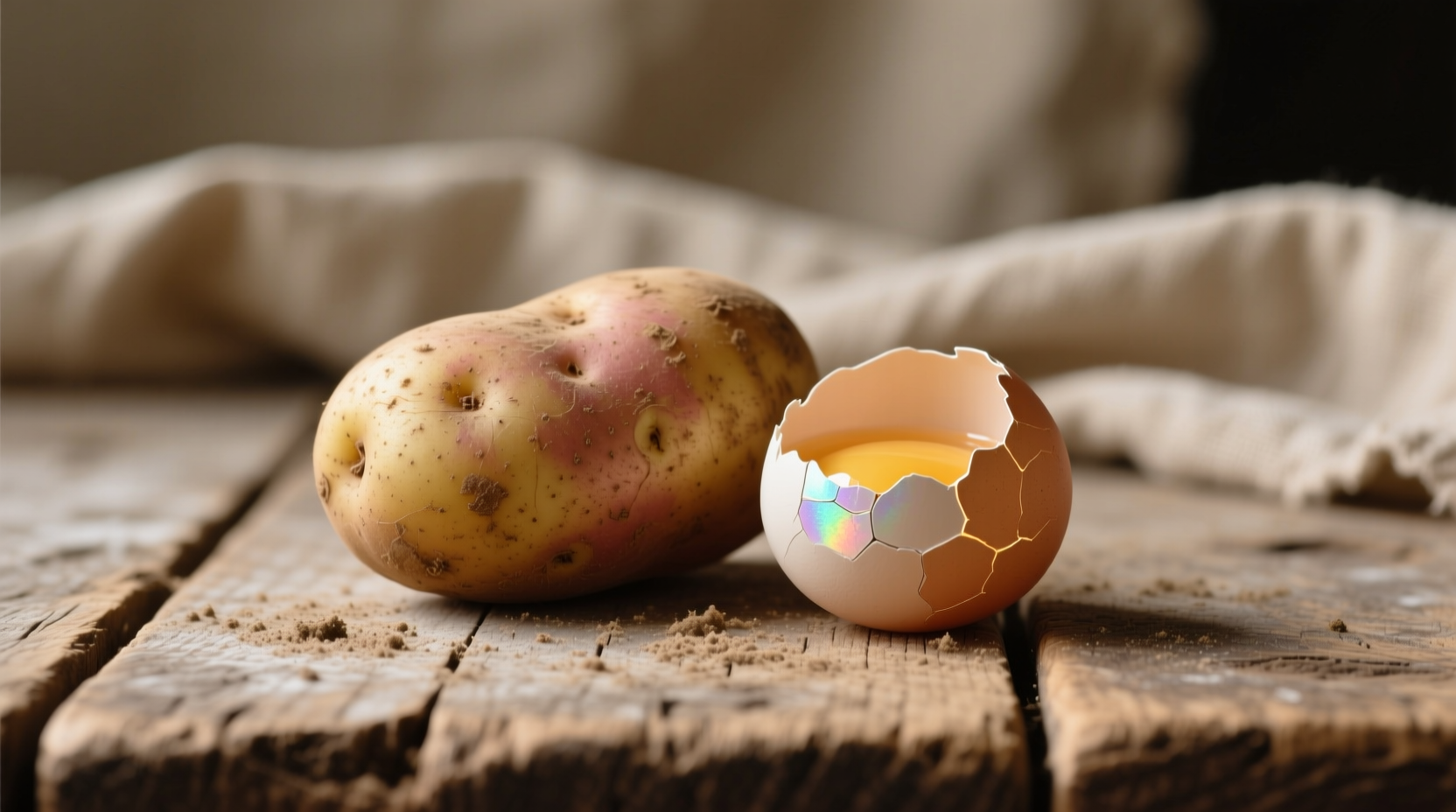When you combine potatoes and eggs in your cooking, you're tapping into one of the world's most universally beloved food pairings. This dynamic duo appears in traditional dishes across nearly every culture, from Spanish tortilla to Indian aloo anda, proving its remarkable versatility and nutritional synergy. Whether you're looking for a quick breakfast solution, a satisfying lunch option, or a comforting dinner recipe, understanding how to properly prepare this combination will transform your everyday cooking.
The Nutritional Powerhouse Combination
Contrary to popular belief that potatoes lack nutritional value, when paired with eggs they create a remarkably balanced meal. Potatoes provide complex carbohydrates, potassium, and vitamin C, while eggs contribute high-quality protein, choline, and vitamin D. Together, they form a complete protein profile while offering sustained energy release.
| Nutrient | Per Medium Potato (150g) | Per Large Egg (50g) | Combined Value |
|---|---|---|---|
| Protein | 2.5g | 6g | 8.5g (complete profile) |
| Carbohydrates | 26g | 0.6g | 26.6g (complex carbs) |
| Fat | 0.1g | 5g | 5.1g (healthy fats) |
| Vitamin C | 27mg (45% DV) | 0mg | 27mg (45% DV) |
| Potassium | 620mg (18% DV) | 63mg (2% DV) | 683mg (20% DV) |
Data sourced from the USDA FoodData Central demonstrates how these ingredients complement each other nutritionally. The vitamin C in potatoes enhances iron absorption from eggs, while the fat content in eggs helps your body absorb fat-soluble vitamins from the potatoes.
Mastering the Cooking Process: Timing is Everything
The most common mistake home cooks make with potato and egg dishes is improper timing. Potatoes require significantly more cooking time than eggs, which explains why many recipes start with partially or fully cooking the potatoes before adding eggs.
For optimal results, follow this professional technique:
- Par-cook potatoes by boiling, roasting, or pan-frying until just tender (about 70% cooked)
- Cool slightly to prevent eggs from scrambling prematurely
- Combine with beaten eggs and finish cooking slowly over medium-low heat
- Flip carefully when edges set but center remains slightly runny
This method ensures perfectly cooked potatoes without overcooking the delicate eggs—a technique perfected in Spanish tortilla preparation over centuries.
Global Variations Worth Trying
While American breakfast hash browns with eggs are familiar to many, exploring international variations reveals the true versatility of this combination:
Spanish Tortilla (Tortilla Española)
This iconic Spanish dish features thinly sliced potatoes slowly cooked in olive oil until tender, then combined with beaten eggs and cooked into a thick omelet. Unlike American omelets, Spanish tortilla is flipped without breaking—a skill that separates novice cooks from experts. The key to authentic preparation is using just enough oil to cook the potatoes without frying them, creating a custardy texture throughout.
Indian Aloo Anda
In Indian cuisine, aloo (potato) and anda (egg) form the basis of a beloved breakfast dish. Potatoes are typically boiled and cubed, then combined with spiced tomato gravy before adding boiled eggs. The addition of turmeric, cumin, and coriander transforms this simple combination into a flavor-rich meal that demonstrates how spices can elevate basic ingredients.
Scandinavian Rårakor
Northern European countries feature rårakor, a potato pancake made with grated raw potatoes and eggs, then pan-fried until crispy. The raw potato provides a distinctive texture and slightly sweet flavor that differs from dishes using pre-cooked potatoes.

Practical Tips for Perfect Results Every Time
Based on professional kitchen experience, these evidence-based techniques will improve your potato and egg dishes:
- Choose the right potato variety—waxy potatoes like Yukon Gold hold their shape better in egg dishes than starchy russets
- Add a splash of milk or cream to beaten eggs for a more tender texture (1-2 tablespoons per 3 eggs)
- Season potatoes while cooking rather than after, as they absorb flavors better during the cooking process
- Let the mixture rest for 5-10 minutes after combining ingredients to allow flavors to meld
- Use medium-low heat for even cooking without burning the exterior while interior remains raw
Food safety experts from the FDA recommend cooking eggs to an internal temperature of 160°F (71°C) to ensure safety while maintaining optimal texture for potato and egg combinations.
Adapting for Dietary Needs
This versatile combination easily accommodates various dietary requirements:
- For lower cholesterol: Use 1 whole egg plus 2 egg whites per serving
- For vegan adaptation: Substitute chickpea flour "eggs" with black salt for eggy flavor
- For enhanced nutrition: Add spinach, tomatoes, or bell peppers for additional vitamins
- For meal prep: Cook and slice into portions that can be reheated without losing texture
Registered dietitians note that the fiber content from potatoes (especially with skin) helps moderate the glycemic response, making this combination more blood-sugar friendly than many carbohydrate-based meals.
Troubleshooting Common Problems
Even experienced cooks encounter issues with potato and egg dishes. Here's how to solve the most frequent problems:
- Soggy texture: Par-cook potatoes thoroughly and drain well before adding eggs
- Sticking to pan: Use adequate oil and ensure proper pan temperature before adding mixture
- Difficulty flipping: Use a plate to flip or cook in oven for final setting
- Dry or rubbery texture: Avoid overcooking and remove from heat just before fully set
Understanding these fundamentals transforms what might seem like a simple dish into a culinary opportunity that showcases technique and flavor development.
Frequently Asked Questions
- Can I make potato and egg dishes ahead of time?
- What's the best potato variety for egg dishes?
- How do I prevent my Spanish tortilla from breaking when flipping?
- Are potato and egg combinations healthy for weight management?
- Can I freeze cooked potato and egg dishes?











 浙公网安备
33010002000092号
浙公网安备
33010002000092号 浙B2-20120091-4
浙B2-20120091-4